With over 65 million business profiles and 5 million advertisers, it’s no secret that Facebook offers an effective platform to reach your target audience. The ability to reach billions of people is right at your fingertips, but you need a well-devised strategy to get the most out of your advertising budget.
When it comes to setting up your first Facebook advertising campaigns, implementing a full funnel strategy from the get-go will allow you to move your prospects through the buyer’s journey and build a loyal customer base. Because Facebook markets to a passive audience (people who aren’t actively looking for your products or services), building trust and offering value is critical at the prospecting, consideration, and conversion stages of the journey.

Before You Get Started
You can’t start promoting your business, products, and services unless you have a solid foundation in place. Before getting started, it’s important to know and understand a few key points:
- Know Your Buyer’s Persona: If you don’t know your customers, it will be difficult to target them on Facebook. For example, if you’re selling marble iPhone cases, your ideal customers are likely millennial females who own an iPhone. You wouldn’t want to target older, less mobile-friendly audiences since they probably don’t want what you’re selling.
- Understand Your Facebook Page Presence: Make sure your brand is well-represented and established, and maintain this throughout your advertising campaign. Ask yourself, do you have high-quality profile and cover photos? Is all your business information completely filled out and correct? Do you have a consistent posting strategy in place? These are all important questions relevant to your brand’s online representation.
- How’s Your Website?: There’s an extensive list of best practices and strategies for websites, but most importantly: it needs to be easy to understand, user-friendly, and have quick load times. A poorly built site will make Facebook success hard to achieve.
- Know How Pixel Tracking Works: After creating your advertising account, it’s critical that you create and install your Facebook pixel base code on every page of your website. Event codes can also be added to the base code so that you can track meaningful actions, such as viewing a certain page on your website or making a purchase.
- Be Flexible With Budget: In the end, your budget will depend on your advertising goals, industry, audience, and other factors, so it’s important to grow and scale with your account. But keep in mind, Facebook ads have relatively low costs and high potential return due to their incredible audience targeting capabilities and engaging image-driven formats.
The Three Campaigns You Need
Whether you’re a new or established business entering the realm of Facebook Advertising, your ultimate goal is the same: to sell your products and services.
One of the key differences between Facebook and other forms of advertising is that Facebook shows ads to people at different stages at the buying process.
To effectively build relationships with users and drive them to becoming loyal customers, you’ll need ads that build awareness, establish you as an expert in your industry, and make the push to buy. This means setting up three separate campaigns to effectively prospect, retarget (consideration), and convert these users into becoming loyal customers.
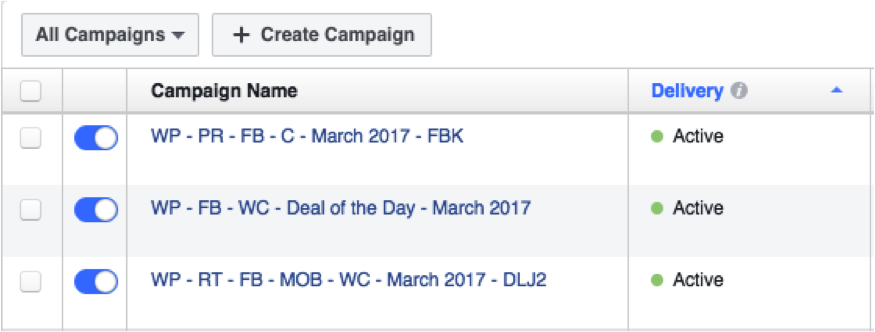
Prospecting Campaign (Brand Awareness & Trust Building)
At the very top of the sales funnel, you have your ideal customer. These are people that fit your target demographic. The goal with the ads in the prospecting campaign is to engage your ideal customers and get them to visit your website to learn more about your business.
How do you do this? How can small businesses build trust with their target audience? By sharing engaging and relevant information with no strings attached. For example, a local orthodontist who wants to generate more patient leads can create a blog post about “The Benefits of Braces” and advertise to parents of adolescent children within 15 miles of his practice. Then the orthodontist can see which users engaged with the post (likes, comments, shares) and visited the relevant link on his website.
At that point you’ll need to capture the audience of users who visit your website, specifically those who clicked on your ad and visited. Create a custom audience of the people who visited your landing page, so that you can target them in your next campaign.
Retargeting Campaign (Consideration)
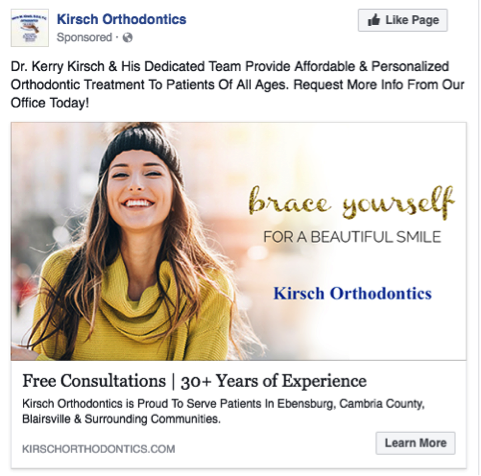
At this stage, you have the initial data about your most engaged and interested prospects. You want to utilize that information to create ads to further drive your point home. The goal here is to retarget the interested users and give them more reasons to choose your business to fulfill their needs. A variety of consideration-based ads could be used, including:
- Video Views: Back to the orthodontist example. If you happen to have a high-quality video of the office showcasing your latest technology, friendly staff, or patient testimonials, you can use this to provide your target audience with more reasons to choose your practice.
- Lead Generation: If you have a successful prospecting campaign, some users might already want more information. You can set up lead ads to allow your audience to sign up for more information, request an appointment, receive price estimates, and more.
Be sure to allow your prospecting ads to gather enough audience data before running your consideration ads. Relationship building takes time, and patience will pay off in a big way (with lower costs and higher ROI).
Conversions Campaign
Once you’ve built trust with the users and established yourself as an industry expert, you’re ready to sell! Your final campaign should use copy and imagery that encourages users to take action on your site. Website conversion ads work with your Facebook pixel, so you can show your ads to the audience(s) that mean the most to you.
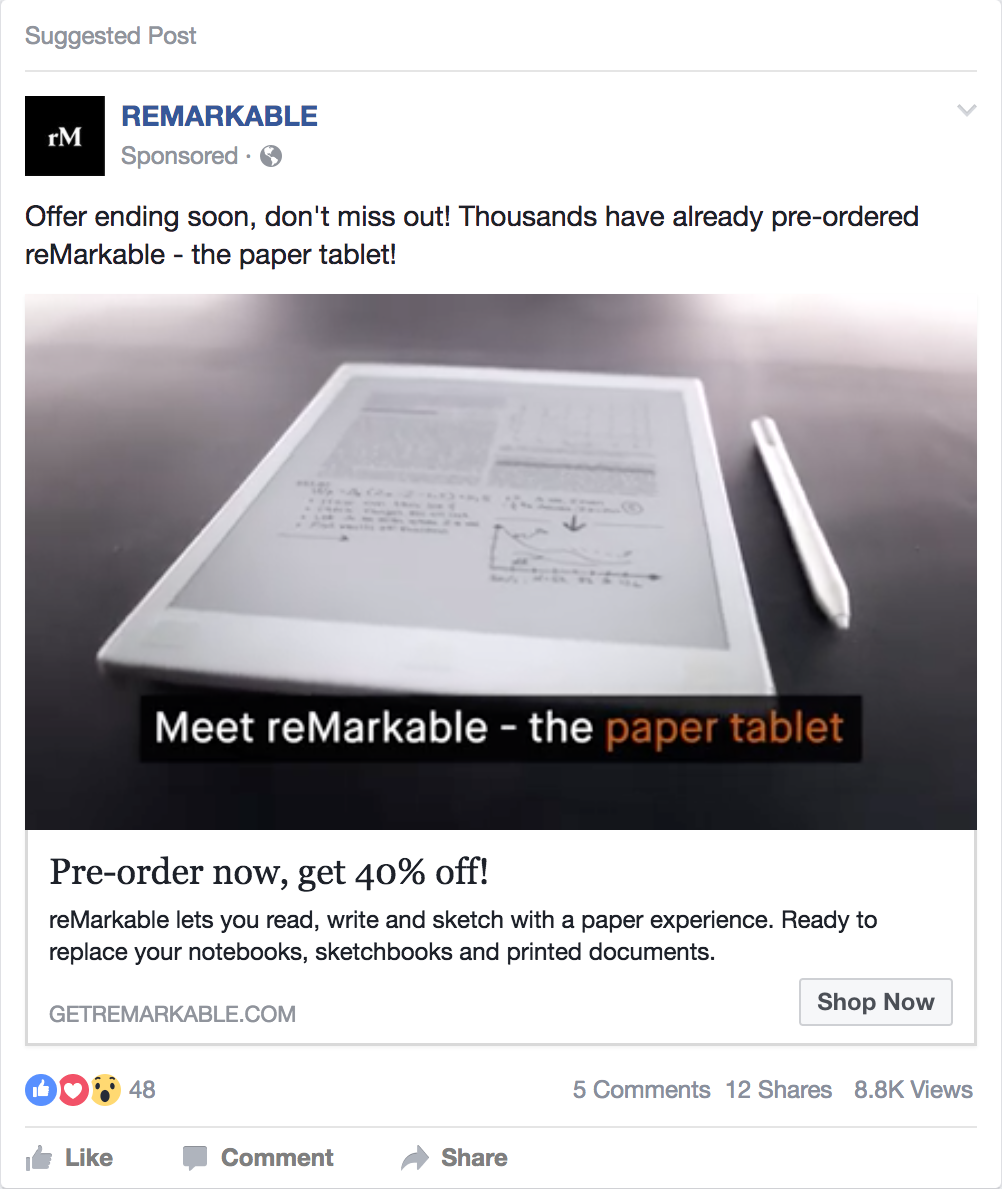
- Audiences: Use custom audiences to target your previous website visitors and those who have previously engaged with your ads. If you used lead ads or additional forms of marketing to generate leads, you can upload your own custom list of emails or audience identifiers to target those individuals on Facebook.
- Audience Network: If your target audience is mobile-savvy, consider expanding your ads into Facebook’s Audience Network. It extends your ads into other mobile applications, mobile websites, and videos, giving your audience more opportunities to convert.
- Special Offers Or Promotions: Make these clearly visible in the description or headline to entice users to take the final step.
Never Stop Experimenting & Testing
When creating your ads for each stage of the buyer’s journey, be aware of your image, headline, and description. Monitor the performance of each and make adjustments as needed, because the more engaging and relevant your ad, the less a click will cost you.
Beyond the ad itself, there are plenty of other variables to be aware of. Tweak the age range, location, interests, and behaviors of your Prospecting audiences to see how each impacts your performance. Use various landing pages and monitor engagement on those different pages. You can even try different calls-to-action on your ads.
In Conclusion
With these three campaigns in place, you’ll be able to nurture your target customer effectively and get the most out of your advertising budget. And remember — whether you are a Facebook Advertising novice or veteran, take your time, be strategic, and never stop experimenting, because the possibilities are endless!
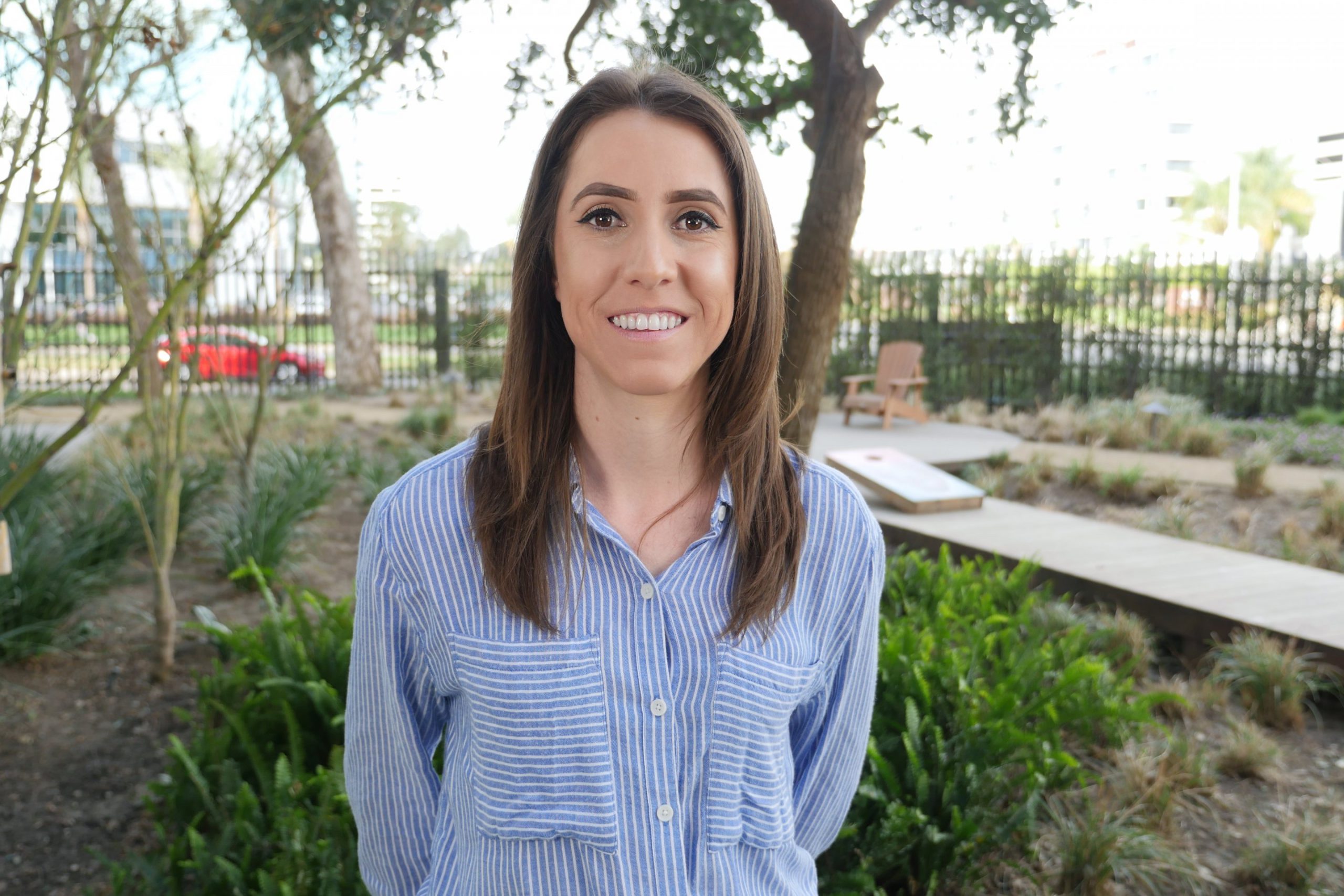


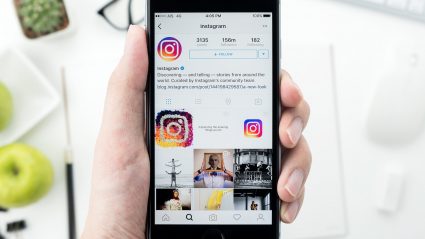



Responses